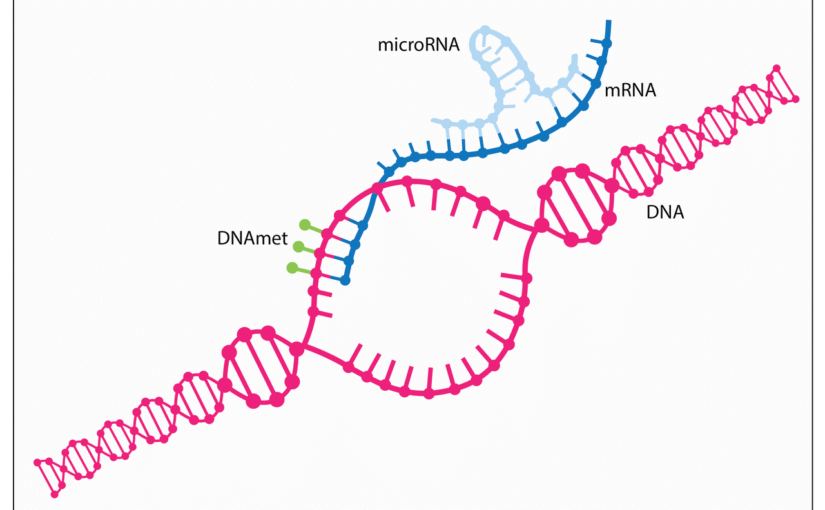Generative AI has surged into business ecosystems, powering innovations across industries since its mainstream breakthrough in 2023. Companies now leverage this technology to automate creative tasks, analyze vast datasets, and generate human-like responses at scale. In customer support, this adoption marks a pivotal shift, transforming routine inquiries into opportunities for deeper engagement. Traditional support often struggles with high volumes and inconsistent quality, but generative AI addresses these by creating dynamic, context-rich interactions.
Customer support stands out as one of the most transformative use cases because it directly impacts revenue and loyalty. With global customer service spending projected to exceed $400 billion by 2025, businesses seek tools that reduce costs while elevating experiences. Generative AI excels here by synthesizing information from diverse sources, predicting needs, and personalizing responses in real time. This article explores how companies deploy generative AI to enhance support, drawing on real-world examples to illustrate improvements in response quality, scalability, and personalization. Ultimately, it positions AI not as a replacement for humans, but as a catalyst for more empathetic and efficient service.
Continue reading Revolutionizing Help Desks: Generative AI’s Real-World Wins in Customer Support